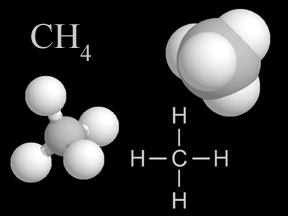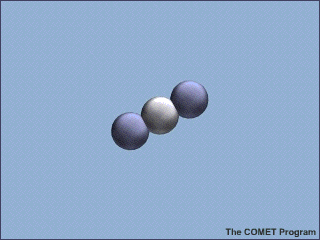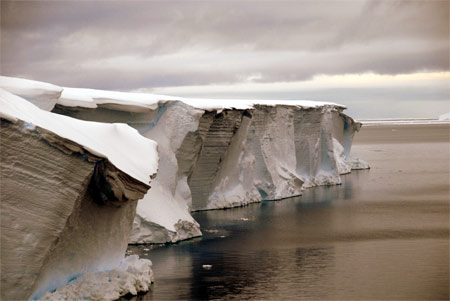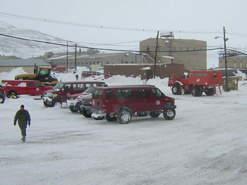Click on image for full size
USGS
Global Warming and Thawing Permafrost
Temperature measurements taken in deep boreholes, such as those in the graph at the left, show that permafrost temperatures have increased significantly over recent years. Data like this has been collected from permafrost-covered lands in northern North America, Europe and Asia over the past 50 years. The data from different locations shows similar trends toward permafrost thaw over time, and the thawing trend appears to be accelerating.
As permafrost thaws, the land, atmosphere, water resources, ecosystems, and human communities are affected. In some natural areas, forests have turned into wetlands filled with newly available water that was once trapped in the ice. The thawed ground is often less stable causing trees to topple and lean in odd directions. These areas are called drunken forests. Homes and other buildings built on frozen ground settle or collapse as the land thaws. More than 300 buildings in and around Fairbanks, Alaska (US) have been affected by thawing permafrost. When the ground thaws, coastal areas and hillsides are also vulnerable to erosion. Unstable slopes can pose a danger for human settlements and roads. The eroding ground can cause damage to pipelines too.
Thawing permafrost also causes a positive feedback to global warming. Permafrost is a sink for carbon. The carbon became trapped underfoot when the soils froze during the beginning of the last ice age in the Pleistocene. As permafrost thaws, carbon trapped within the once-frozen soils is released as methane, a powerful greenhouse gas. The methane released to the atmosphere causes more global warming and more permafrost thaws. Thus, thawing permafrost actually speeds up global warming.














